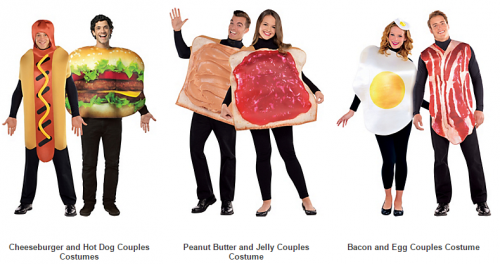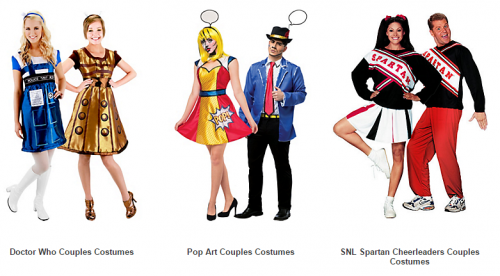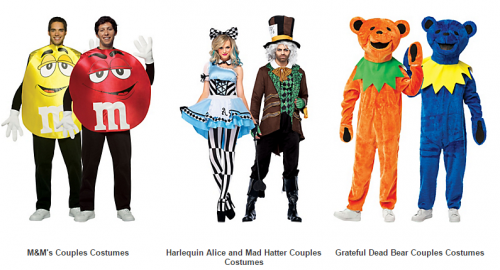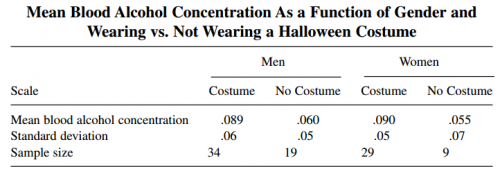Daniel Drezner once wrote about how international relations scholars would react to a zombie epidemic. Aside from the sheer fun of talking about something as silly as zombies, it had much the same illuminating satiric purpose as “how many X does it take to screw in a lightbulb” jokes. If you have even a cursory familiarity with the field, it is well worth reading.
Here’s my humble attempt to do the same for several schools within sociology.
Public Opinion. Consider the statement that “Zombies are a growing problem in society.” Would you:
- Strongly disagree
- Somewhat disagree
- Neither agree nor disagree
- Somewhat agree
- Strongly agree
- Um, how do I know you’re really with NORC and not just here to eat my brain?
Criminology. In some areas (e.g., Pittsburgh, Raccoon City), zombification is now more common that attending college or serving in the military and must be understood as a modal life course event. Furthermore, as seen in audit studies employers are unwilling to hire zombies and so the mark of zombification has persistent and reverberating effects throughout undeath (at least until complete decomposition and putrefecation). However, race trumps humanity as most employers prefer to hire a white zombie over a black human.
Cultural toolkit. Being mindless, zombies have no cultural toolkit. Rather the great interest is understanding how the cultural toolkits of the living develop and are invoked during unsettled times of uncertainty, such as an onslaught of walking corpses. The human being besieged by zombies is not constrained by culture, but draws upon it. Actors can draw upon such culturally-informed tools as boarding up the windows of a farmhouse, shotgunning the undead, or simply falling into panicked blubbering.
Categorization. There’s a kind of categorical legitimacy problem to zombies. Initially zombies were supernaturally animated dead, they were sluggish but relentlessness, and they sought to eat human brains. In contrast, more recent zombies tend to be infected with a virus that leaves them still living in a biological sense but alters their behavior so as to be savage, oblivious to pain, and nimble. Furthermore, even supernatural zombies are not a homogenous set but encompass varying degrees of decomposition. Thus the first issue with zombies is defining what is a zombie and if it is commensurable with similar categories (like an inferius in Harry Potter). This categorical uncertainty has effects in that insurance underwriters systematically undervalue life insurance policies against monsters that are ambiguous to categorize (zombies) as compared to those that fall into a clearly delineated category (vampires).
Neo-institutionalism. Saving humanity from the hordes of the undead is a broad goal that is easily decoupled from the means used to achieve it. Especially given that human survivors need legitimacy in order to command access to scarce resources (e.g., shotgun shells, gasoline), it is more important to use strategies that are perceived as legitimate by trading partners (i.e., other terrified humans you’re trying to recruit into your improvised human survival cooperative) than to develop technically efficient means of dispatching the living dead. Although early on strategies for dealing with the undead (panic, “hole up here until help arrives,” “we have to get out of the city,” developing a vaccine, etc) are practiced where they are most technically efficient, once a strategy achieves legitimacy it spreads via isomorphism to technically inappropriate contexts.
Population ecology. Improvised human survival cooperatives (IHSC) demonstrate the liability of newness in that many are overwhelmed and devoured immediately after formation. Furthermore, IHSC demonstrate the essentially fixed nature of organizations as those IHSC that attempt to change core strategy (eg, from “let’s hole up here until help arrives” to “we have to get out of the city”) show a greatly increased hazard for being overwhelmed and devoured.
Diffusion. Viral zombieism (e.g. Resident Evil, 28 Days Later) tends to start with a single patient zero whereas supernatural zombieism (e.g. Night of the Living Dead, the “Thriller” video) tends to start with all recently deceased bodies rising from the grave. By seeing whether the diffusion curve for zombieism more closely approximates a Bass mixed-influence model or a classic s-curve we can estimate whether zombieism is supernatural or viral, and therefore whether policy-makers should direct grants towards biomedical labs to develop a zombie vaccine or the Catholic Church to give priests a crash course in the neglected art of exorcism. Furthermore, marketers can plug plausible assumptions into the Bass model so as to make projections of the size of the zombie market over time, and thus how quickly to start manufacturing such products as brain-flavored Doritos.
Social movements. The dominant debate is the extent to which anti-zombie mobilization represents changes in the political opportunity structure brought on by complete societal collapse as compared to an essentially expressive act related to cultural dislocation and contested space. Supporting the latter interpretation is that zombie hunting militias are especially likely to form in counties that have seen recent increases in immigration. (The finding holds even when controlling for such variables as gun registrations, log distance to the nearest army administered “safe zone,” etc.).
Family. Zombieism doesn’t just affect individuals, but families. Having a zombie in the family involves an average of 25 hours of care work per week, including such tasks as going to the butcher to buy pig brains, repairing the boarding that keeps the zombie securely in the basement and away from the rest of the family, and washing a variety of stains out of the zombie’s tattered clothing. Almost all of this care work is performed by women and very little of it is done by paid care workers as no care worker in her right mind is willing to be in a house with a zombie.
Applied micro-economics. We combine two unique datasets, the first being military satellite imagery of zombie mobs and the second records salvaged from the wreckage of Exxon/Mobil headquarters showing which gas stations were due to be refueled just before the start of the zombie epidemic. Since humans can use salvaged gasoline either to set the undead on fire or to power vehicles, chainsaws, etc., we have a source of plausibly exogenous heterogeneity in showing which neighborhoods were more or less hospitable environments for zombies. We show that zombies tended to shuffle towards neighborhoods with low stocks of gasoline. Hence, we find that zombies respond to incentives (just like school teachers, and sumo wrestlers, and crack dealers, and realtors, and hookers, …).
Grounded theory. One cannot fully appreciate zombies by imposing a pre-existing theoretical framework on zombies. Only participant observation can allow one to provide a thick description of the mindless zombie perspective. Unfortunately scientistic institutions tend to be unsupportive of this kind of research. Major research funders reject as “too vague and insufficiently theory-driven” proposals that describe the intention to see what findings emerge from roaming about feasting on the living. Likewise IRB panels raise issues about whether a zombie can give informed consent and whether it is ethical to kill the living and eat their brains.
Ethnomethodology. Zombieism is not so much a state of being as a set of practices and cultural scripts. It is not that one is a zombie but that one does being a zombie such that zombieism is created and enacted through interaction. Even if one is “objectively” a mindless animated corpse, one cannot really be said to be fulfilling one’s cultural role as a zombie unless one shuffles across the landscape in search of brains.
Conversation Analysis.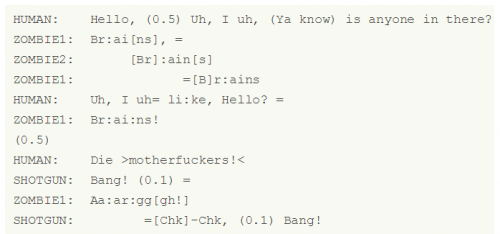
Cross-posted at Code and Culture.
Gabriel Rossman is a professor of sociology at UCLA. His research addresses culture and mass media, especially pop music radio and Hollywood films, with the aim of understanding diffusion processes. You can follow him at Code and Culture.





